Top 10 stories of summer 2013
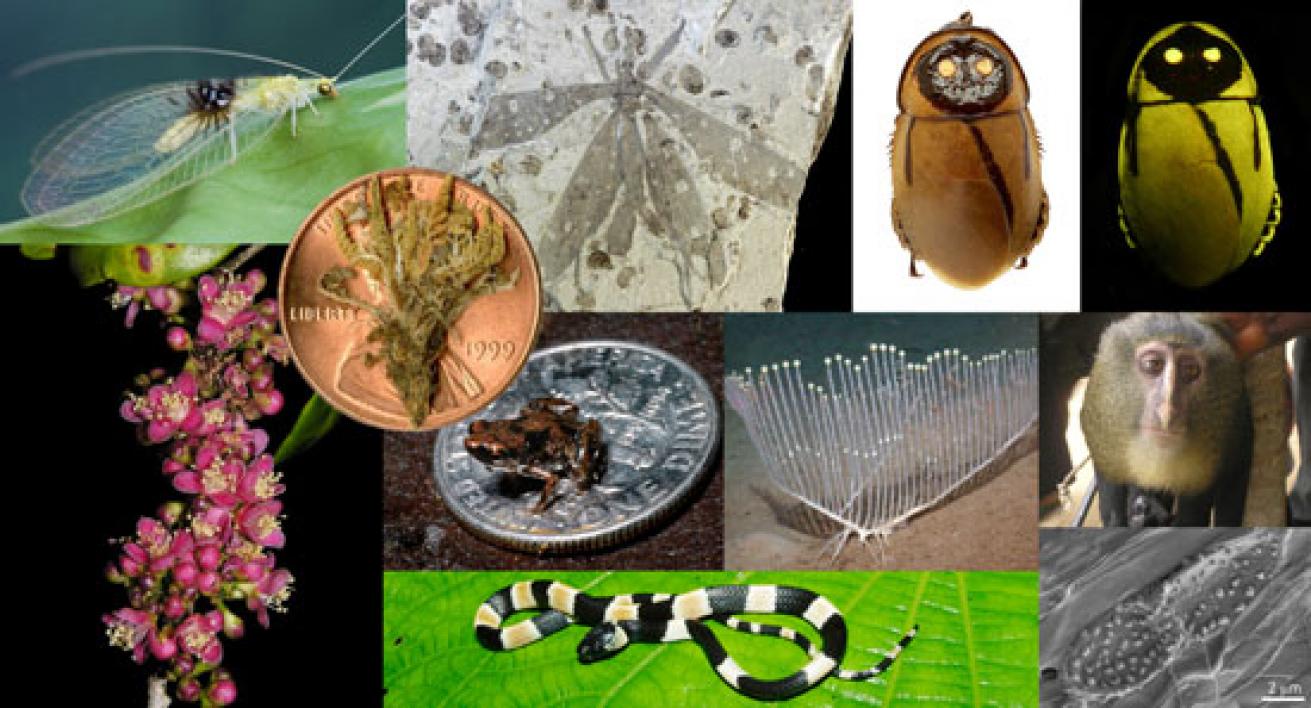
This summer at ASU saw everything from groundbreaking cancer research, to the discovery of a glow-in-the-dark cockroach, to the university being named one of the top 100 in the world. To see what other exciting developments took place, have a look through the gallery:
Climate science researchers from ASU are launching a first-of-its-kind online “game” called Ventus that engages “citizen scientists” around the globe to help solve the climate change problem. Using a simple interface, people can enter basic information about nearby power plants, providing experts with a better idea of the location of power plants, as well as the ability to quantify their CO2 emissions. Read more
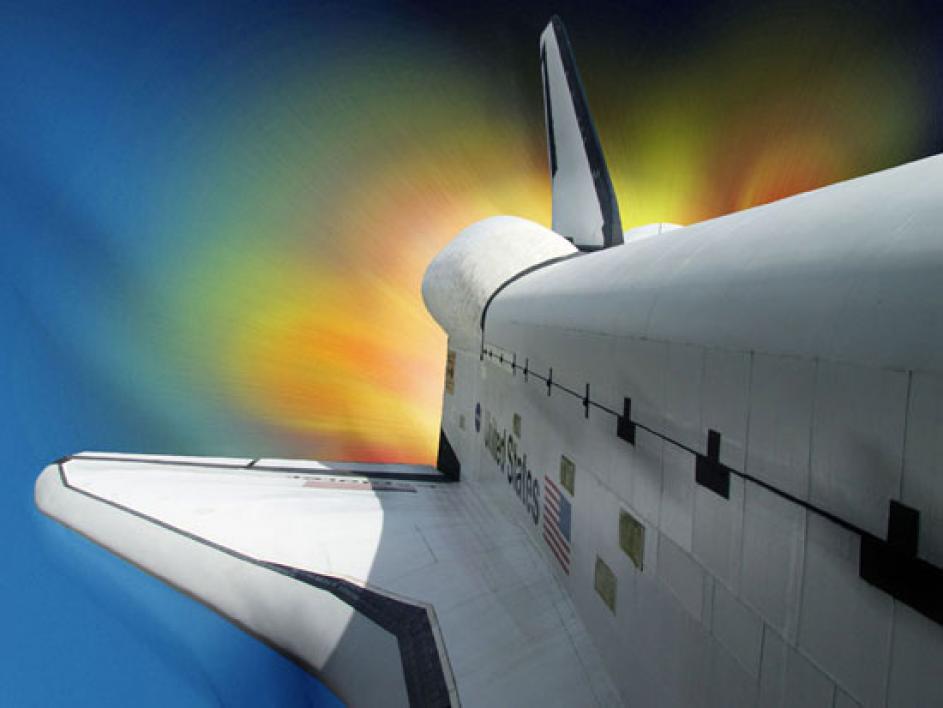
The top 10 new species list was announced May 23 by the International Institute for Species Exploration at ASU. The 2013 list includes an amazing glow-in-the-dark cockroach, a harp-shaped carnivorous sponge and the smallest vertebrate on Earth: a tiny frog. Also included were a monkey with a blue-colored behind and human-like eyes, and a black staining fungus. Read more
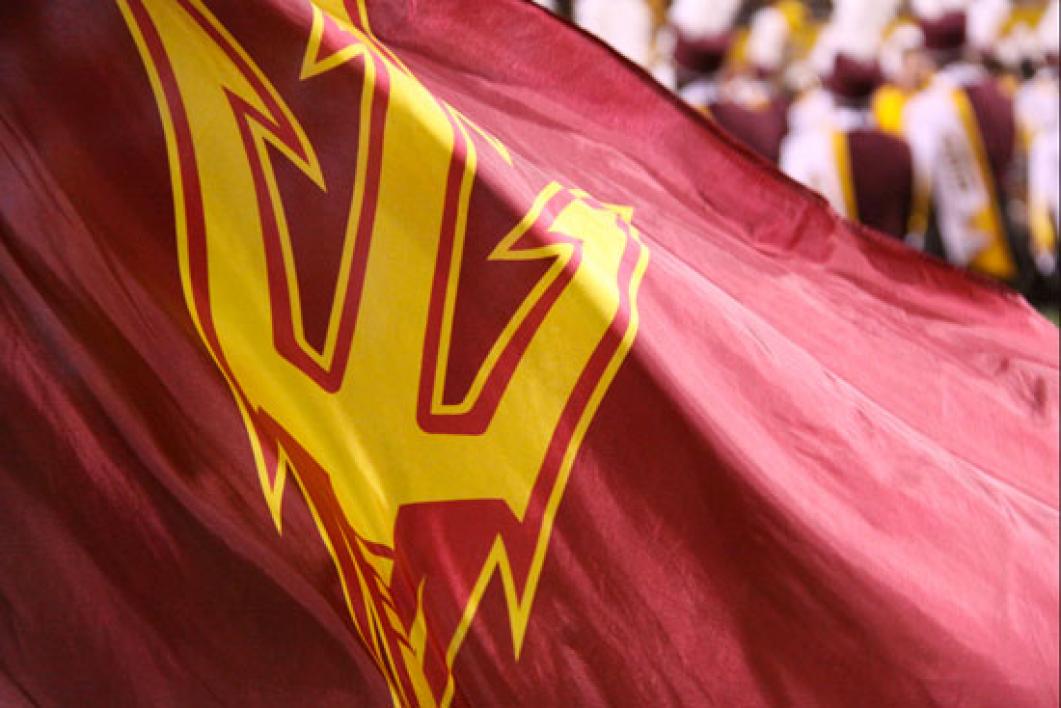
ASU’s Institute of Human Origins director William Kimbel and research associate Kaye Reed coauthored two of four related research articles in which scientists argue that hominins living 3.5 million years ago were the first human ancestors to show evidence of expanded preferences in their plant diet, setting the stage for our modern diet of grains, grasses, and meat and dairy from grazing animals. Read more
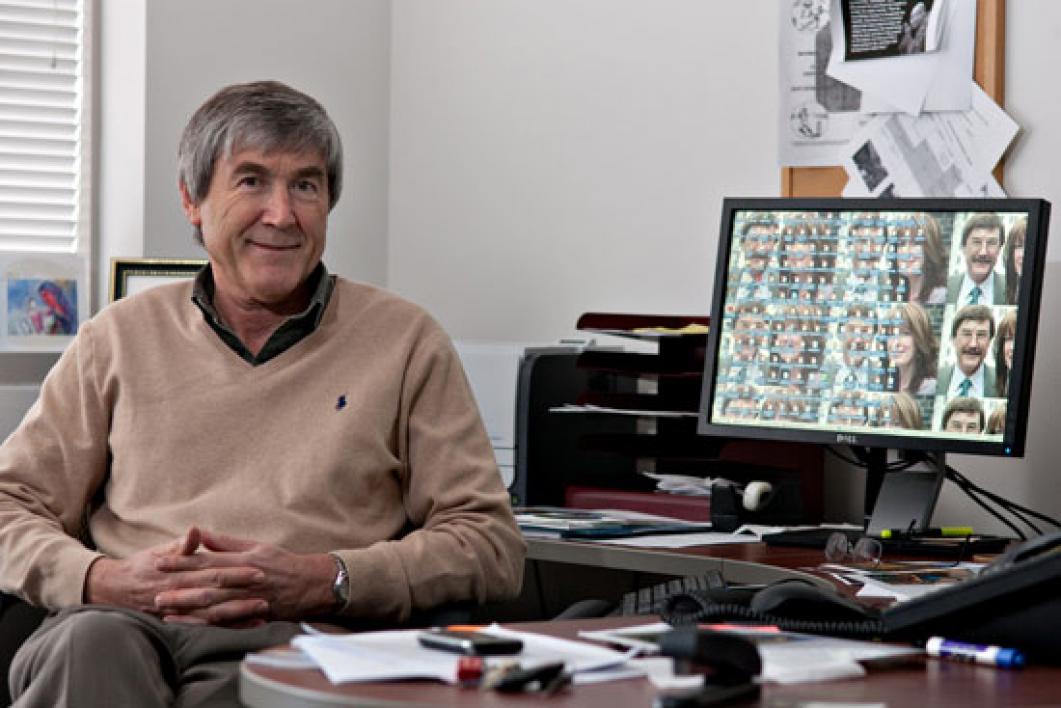
The NCAA's annual Academic Progress Rate (APR) report was announced June 11, with ASU posting its highest average APR score to date for all sports: 980. “We are extremely proud of the outstanding work our coaches and Office of Student-Athlete Development have done in leading our student-athletes in the classroom,” said Steve Patterson, vice president for University Athletics. Read more
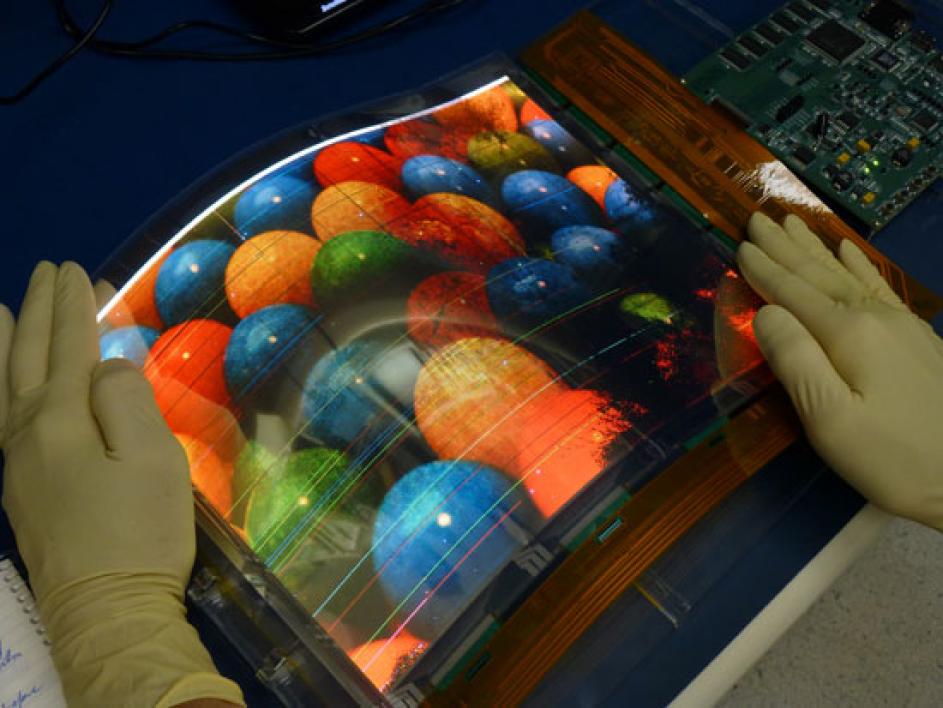
Ocean organisms known as phytoplankton are helping to mitigate the effects of excess CO2 in the Earth’s atmosphere by photosynthesizing – a process scientists call the biological carbon pump. In her lab at ASU, Susanne Neuer of the School of Life Sciences has been studying the biological carbon pump in the Sargasso Sea. Read more
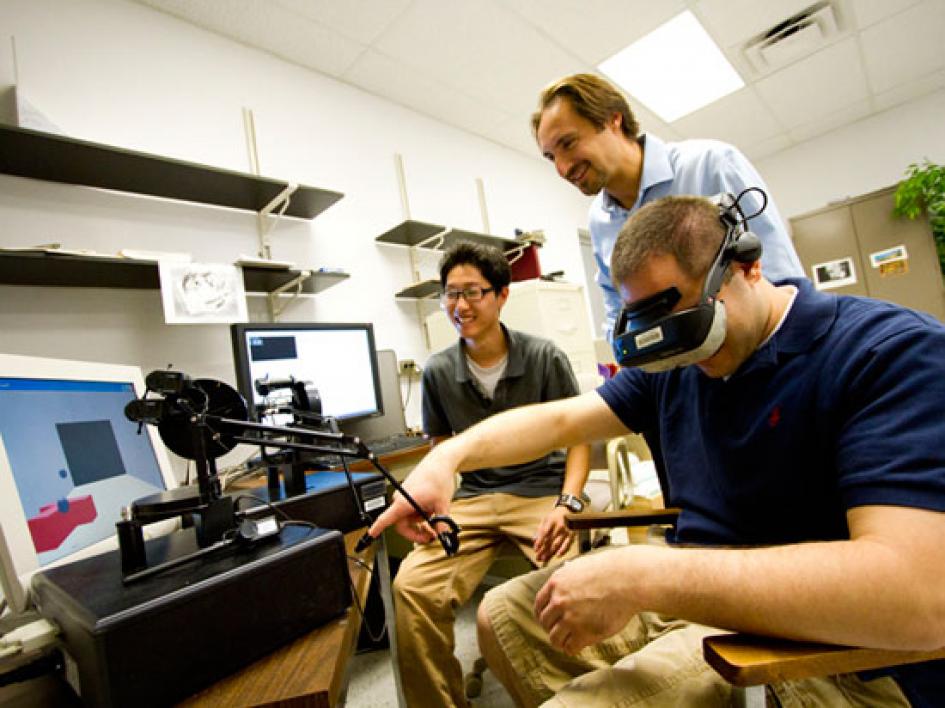
Ariel Anbar, a professor in ASU’s School of Earth and Space Exploration, and Jennifer Barrila, an assistant researcher at the Biodesign Institute, were recently awarded grants totaling $700,000 from NASA and the National Space Biomedical Research Institute to support research on astronaut crew health and performance in space exploration missions. Read more
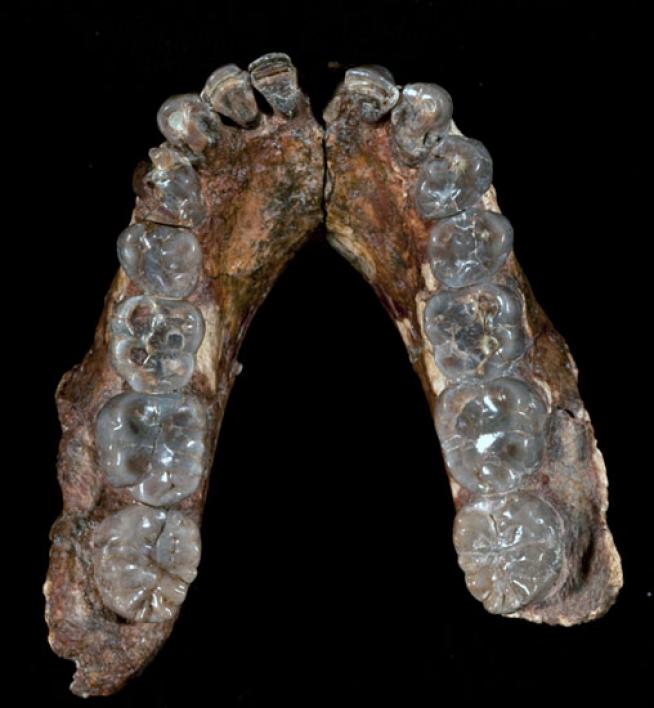
A new theory that challenges the orthodox view of how cancer develops has been proposed by Paul Davies of ASU’s Beyond Center for Fundamental Concepts in Science, in collaboration with Charles Lineweaver of the Australian National University. If their theory is correct, it will transform the approach to modern cancer therapy. Read more
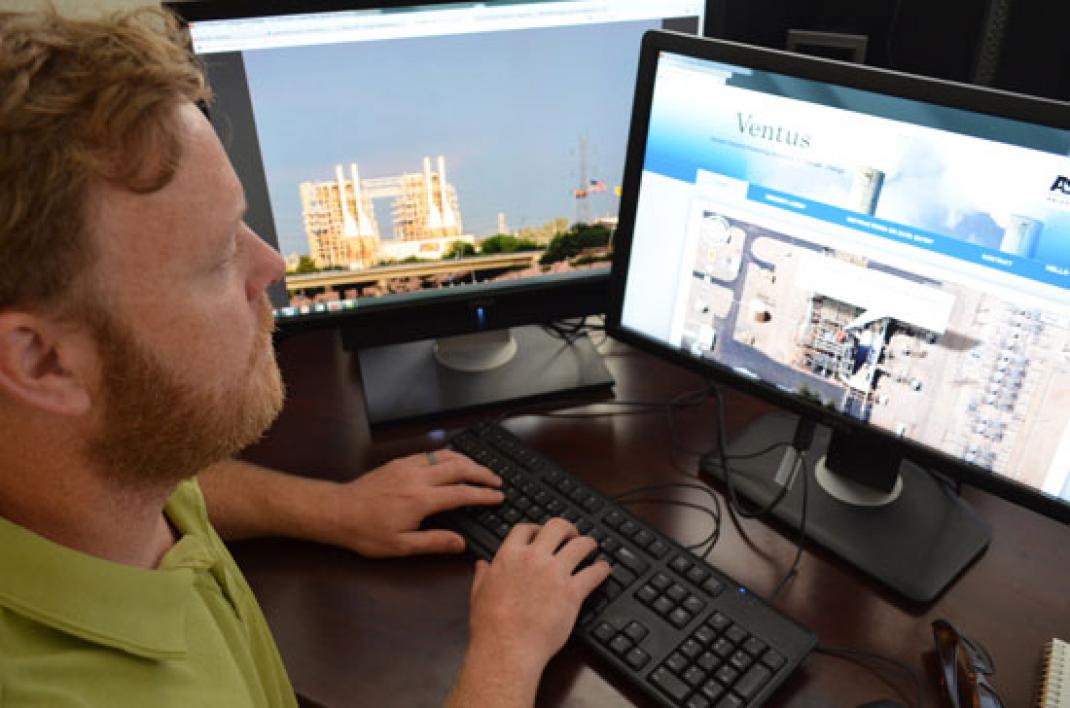
Arizona State University ranked among the top 100 universities in the world by the Center for World University Rankings in its 2013 list of the top elite world universities. Ranked as the top Arizona university at 73rd overall, ASU also came in at 46th among U.S. universities. Read more
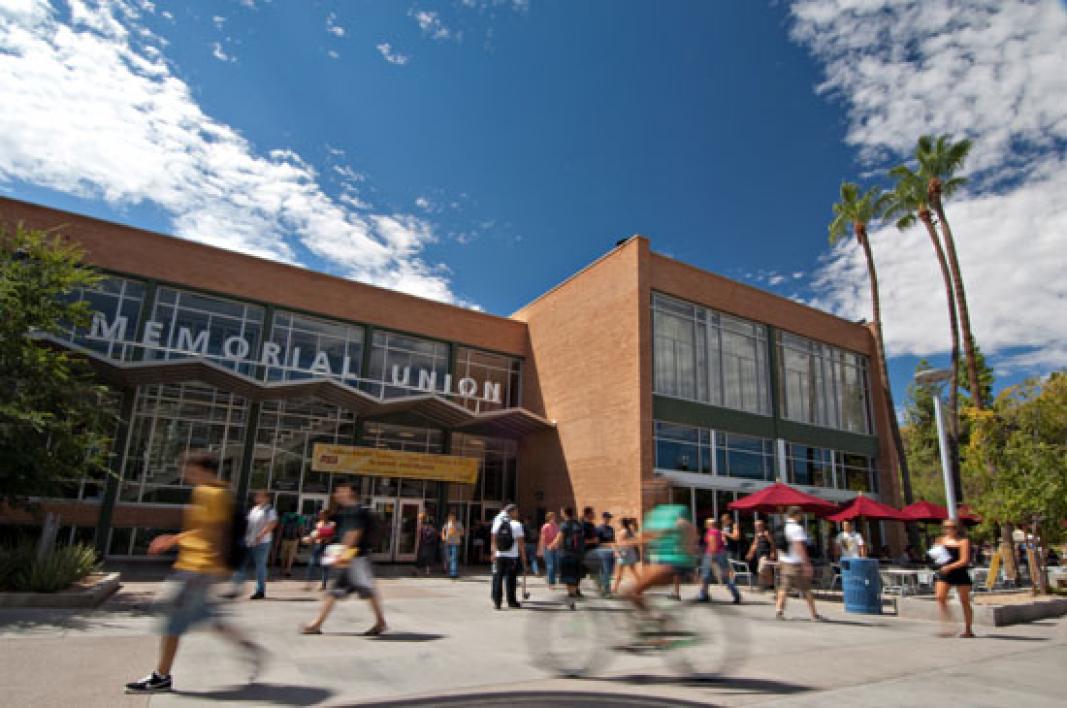
Researchers at ASU’s Flexible Electronics and Display Center (FDC) have successfully manufactured the world's largest flexible color organic light emitting display prototype. This technology “offers a highly cost-effective approach for manufacturing displays that deliver…features required for the next generation of consumer electronics," says Nick Colaneri, director of the FDC. Read more
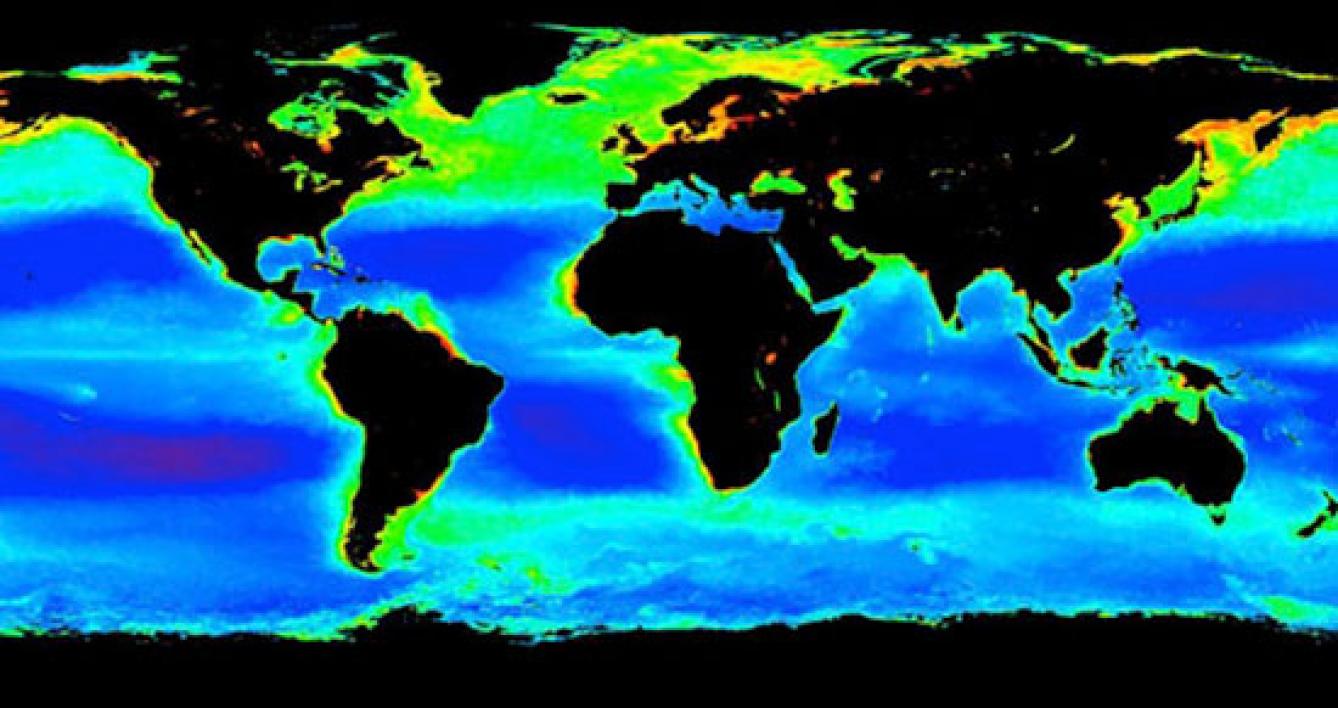
ASU biomedical engineering faculty member Marco Santello and Mayo Clinic physician Mark Ross were recently awarded a grant of $93,000 from Mayo’s Center for Regenerative Medicine to advance their research, aimed at improving diagnosis for people afflicted with carpal tunnel syndrome. Read more